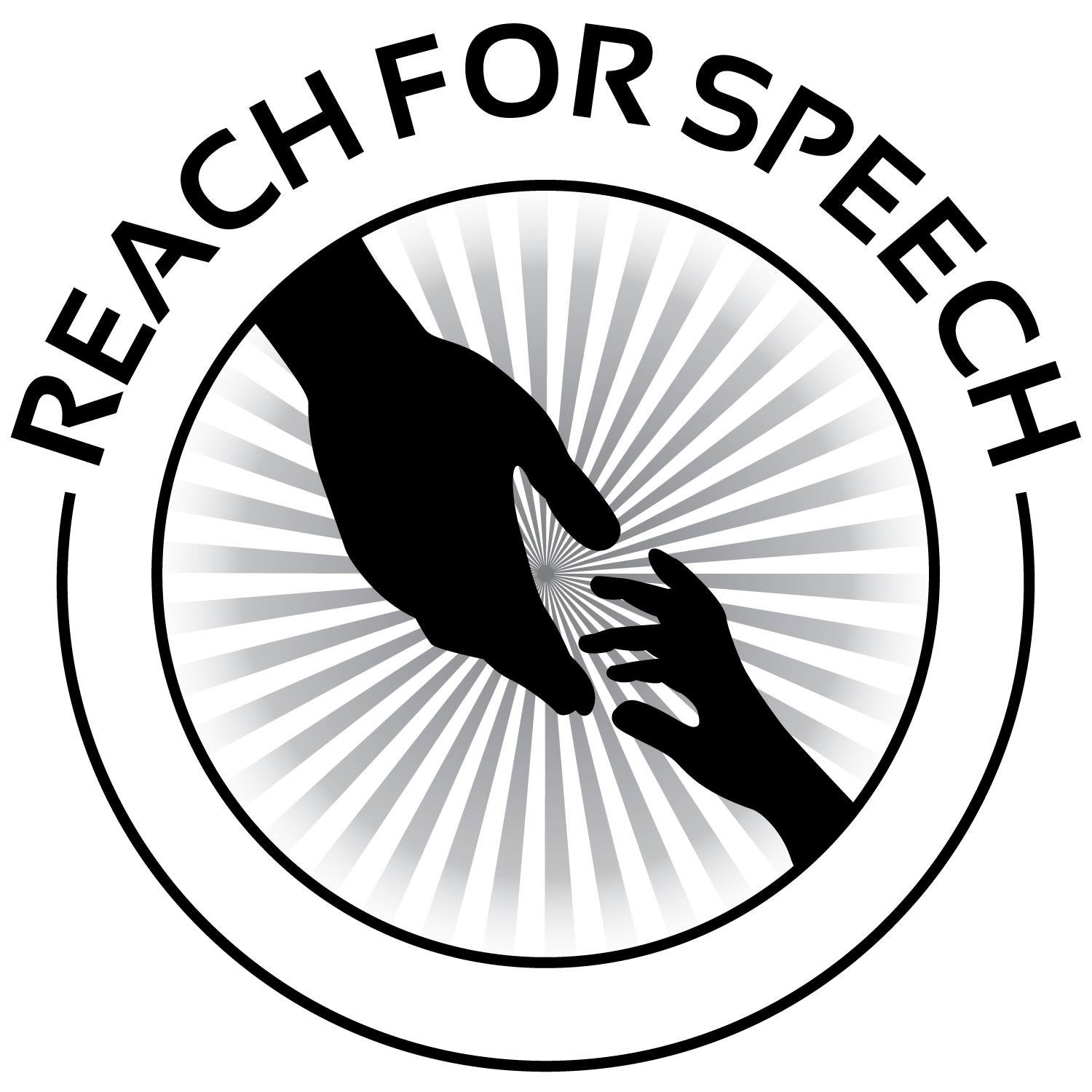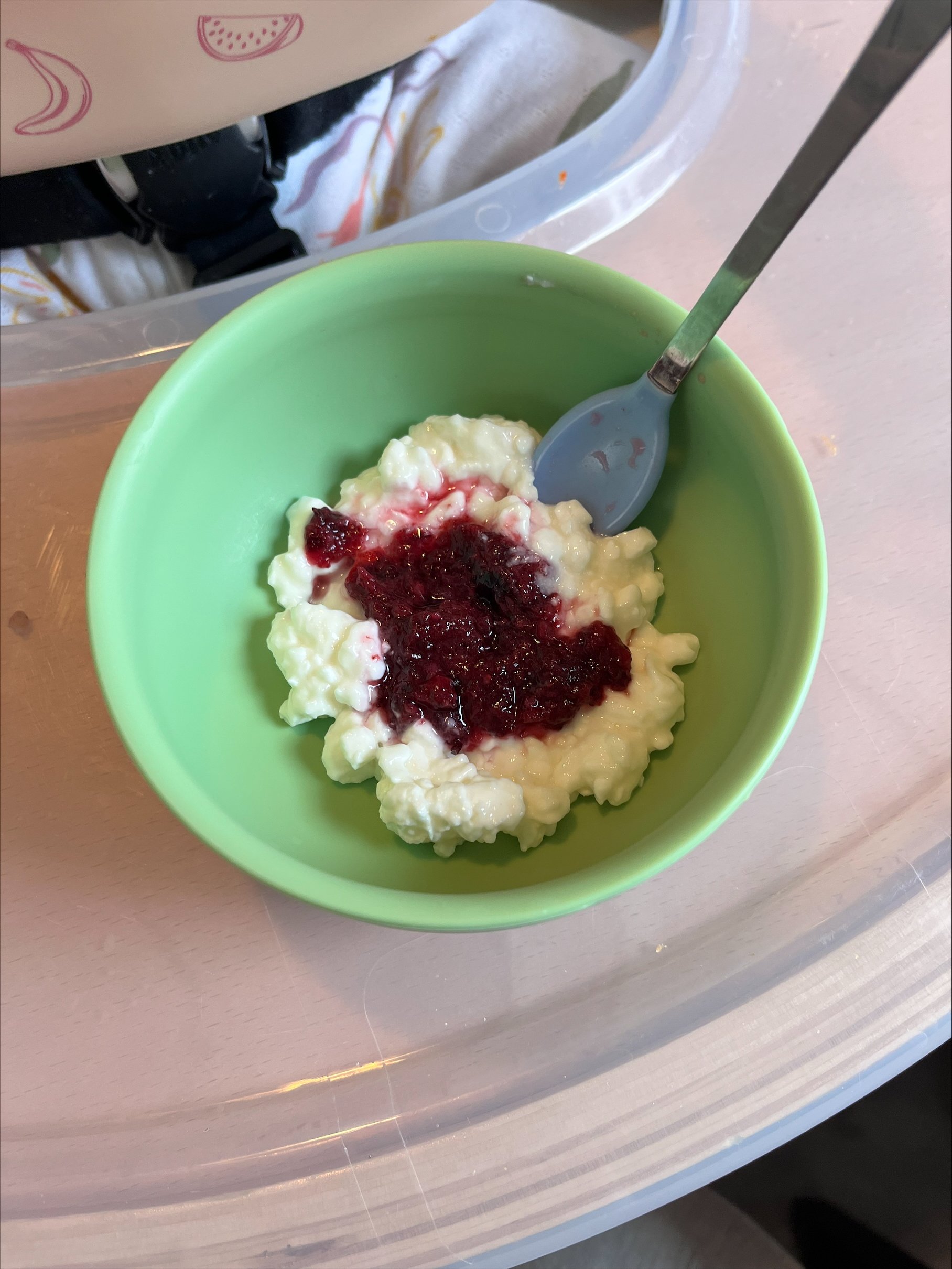Baby Led Weaning: Our Tips & Tricks
Transitioning infants from milk to solid foods is a significant milestone that opens up a whole new world of textures, tastes, smells, and sensory experiences. This stage isn’t just about nutritional needs; it’s about exploration, development, and forming a positive relationship with food. A popular approach to introducing solids is called baby-led weaning. This is a child-centered approach encouraging babies to feed themselves from a very young age. With baby-led weaning, mealtimes become a space for learning and independence while discovering food at their own pace.
What is Baby-led Weaning?
Instead of weaning off breastmilk or formula through purees, baby-led weaning allows the child to take the lead in this transition. Baby-led weaning promotes independent eating and replaces spoon-feeding purees. You provide appropriately sized pieces of solid food and allow your child to explore, touch, taste, and feed themselves when they are ready.
Is Your Baby Ready?
Most babies are ready to begin the process of baby-led weaning around 6 months of age; however, developmental readiness is the key, rather than just age alone. Signs your baby may be ready to start this transition include when they are able to sit upright with no support, can hold their head steady, can bring objects to their mouth in a controlled manner, and shows interest in food via reaching, mouthing, etc.
How to Get Started?
To get started, introduce only one new food at a time and choose options that are nutritious, soft to eat with their gums, easy to pick up and hold, not sticky, chewy, or hard, and served at room temperature. Many pediatricians recommend beginning with bananas, avocados, pears, sweet potatoes, butternut squash, eggs, chicken, etc. While your infant continues to develop their oral motor skills, you can continue to slowly introduce more and more solid foods.
Plate Miss Sam prepared for her 10-month-old
Plate Miss Sam prepared for her 10-month-old
Plate Miss Sam prepared for her 10-month-old
What are the Benefits?
There are many lasting benefits of baby-led weaning including:
Builds independence: Babies are given the autonomy to decide what to eat, how much they eat, and the pace of their eating. This supports decision-making, self-regulation, and confidence from feeling in control of their eating experiences from the very beginning of their lives.
Introduces variety of textures and encourages sensory exploration: Food offered with different shapes, colors, and consistencies helps babies experience food through all their senses, which builds comfort and curiosity around new textures early on.
Supports family mealtime: Babies join the rest of the family at the table and are offered similar foods. This promotes social engagement and helps them learn by watching and imitating others.
Promotes healthy eating habits: Babies learn self-regulation of hunger and fullness cues. It supports the development of positive relationships with food by exposing babies early on to diverse tastes and textures, helping to prevent picky eating, and promoting healthy eating patterns.
Develops fine motor skills: Babies are encouraged to grasp, hold, release, and manipulate pieces of food using their fingers and hands. This approach helps strengthen hand-eye coordination, dexterity, and grasp patterns for future skills.
Fosters emotional regulation: The independence given to babies with eating helps promote patience, frustration tolerance, and self-soothing skills; all of which contribute to better emotional regulation and sensory modulation skills as they grow.
Baby-led weaning can be rewarding for both you and your baby. It’s all about finding what works best for your family’s lifestyle and your child’s development. Whether you follow baby-led weaning fully or choose to combine it with traditional methods, we all share the same goals of raising a healthy, happy, and confident eater.



